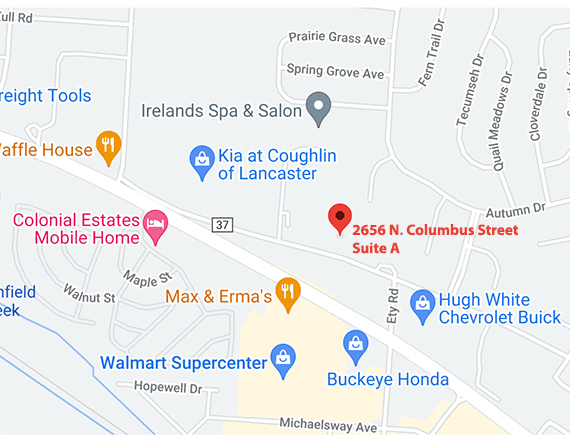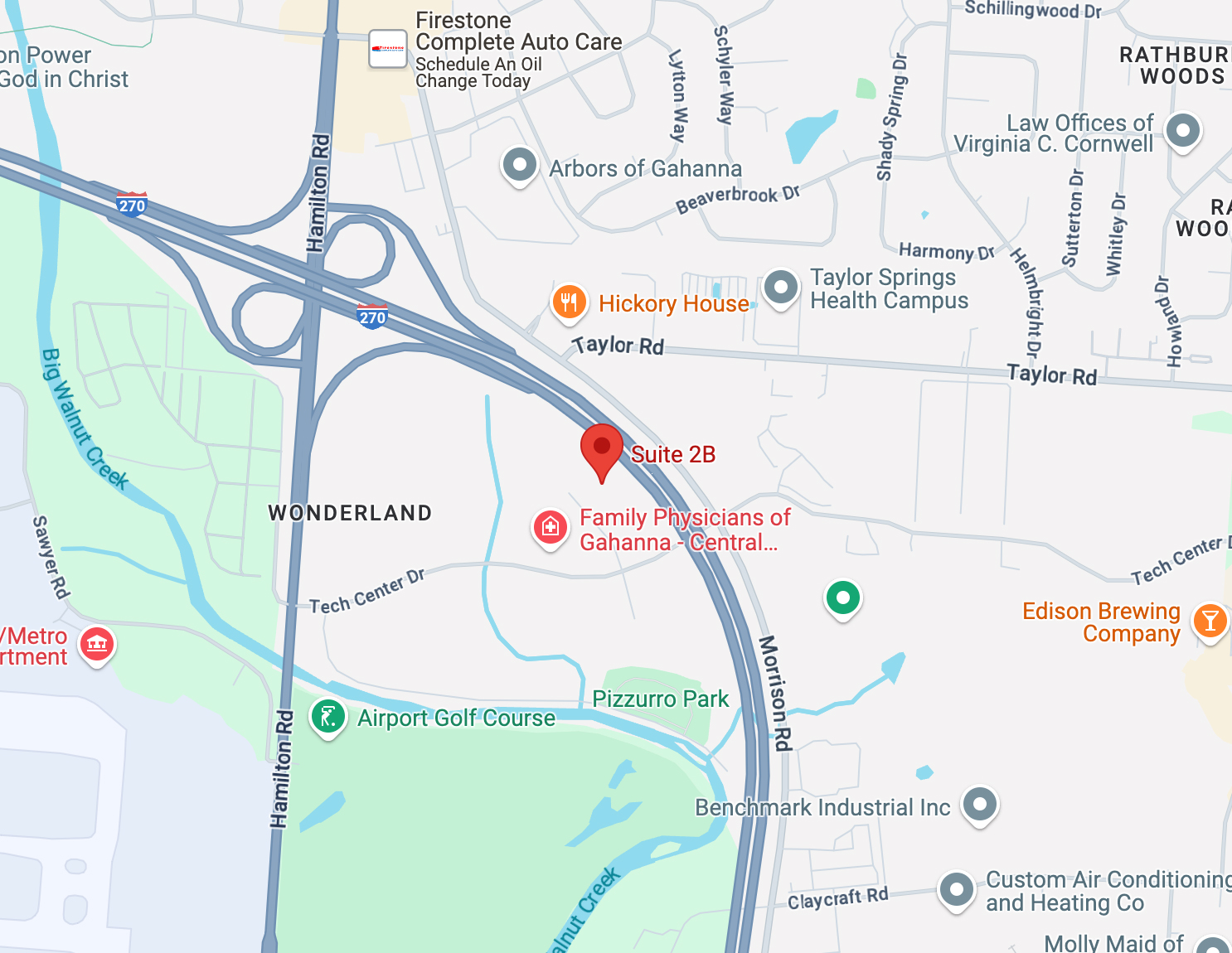Otoplasty (Ear Pinning)
Conveniently located to serve Columbus, Lancaster, Pickerington, and Canal Winchester
Jump To
Otoplasty or ear surgery, is a good solution for people who are self-conscious about how far their ears stick out. It involves incisions behind the ears to either reduce cartilage or to help recreate a fold in the ear that did not curve properly during development. As a general matter, the scars can be hidden behind the ears and will heal as relatively fine lines. Dr. Lichten has performed otoplasties on both children and adults. Adult patients can usually have the procedure done with local anesthesia, but I will typically use general anesthesia for younger patients. Most patients recover from otoplasty relatively quickly and can return to work or school in about 3 days.
“Dr. Lichten’s staff is amazing. Always put me at ease. I am extremely glad I made the trip to Dr. Lichten even when there were surgeons much closer to my home – very worth it!”
Otoplasty Before & Afters


Frequently Asked Questions about Otoplasty
How painful is the procedure?
The average patient will take pain medicine for a couple of days after surgery and then at night for a few more nights to help you sleep.
What will my recovery be like?
Initially, you will have a firm protective dressing over your years. You will need to keep the dressing dry and on your ears for three days. After the initial three days, the dressing can be removed and you will be able to shower and leave your ears uncovered during the day. For the first week, however, you will need to protect your ears with either the Ace wrap or a headband at night. For the first three weeks, you must not wear any shirts that have to be pulled over your head. It is very important to follow this protocol to reduce the risk of undoing your surgical result.
Most of my patients can return to work or school with normal activity in about three days. Strenuous activities should be avoided for one week. In addition, you should avoid any activity where there is the risk of trauma to the ears for a month after surgery.
Where will my scars be? Will they be noticeable?
I will generally put otoplasty scars behind your ears, where they typically heal as relatively fine lines. Occasionally, but rarely, a patient will develop a keloid scar, which is thick and painful. If that occurs, I will treat it with steroid injections and potentially revise the scars. If you have a history of keloid scars, please let me know.
I think my ears are uneven. Will surgery help to make them look the same? What will my ears look like after surgery?
Most people’s ears are asymmetrical, but it is harder to tell if they are close to the head. When ears stick out, the asymmetry is more noticeable. Although I will be able to make your ears more even with surgery, any remaining asymmetry should be less visible because your ears will be closer to your head.
My goal in every case is to make “natural” looking ears with a normal degree of projection.
When should my son or daughter have otoplasty?
By the time he or she is 3 years old, the ears will be 85% of their adult size. Because children on the playground can be critical of differences in other children, I recommend the surgery any time after age 3 and before starting school to reduce any potential psychological effects on the child.




